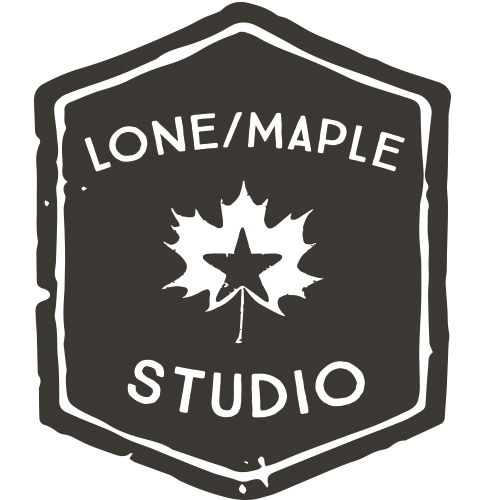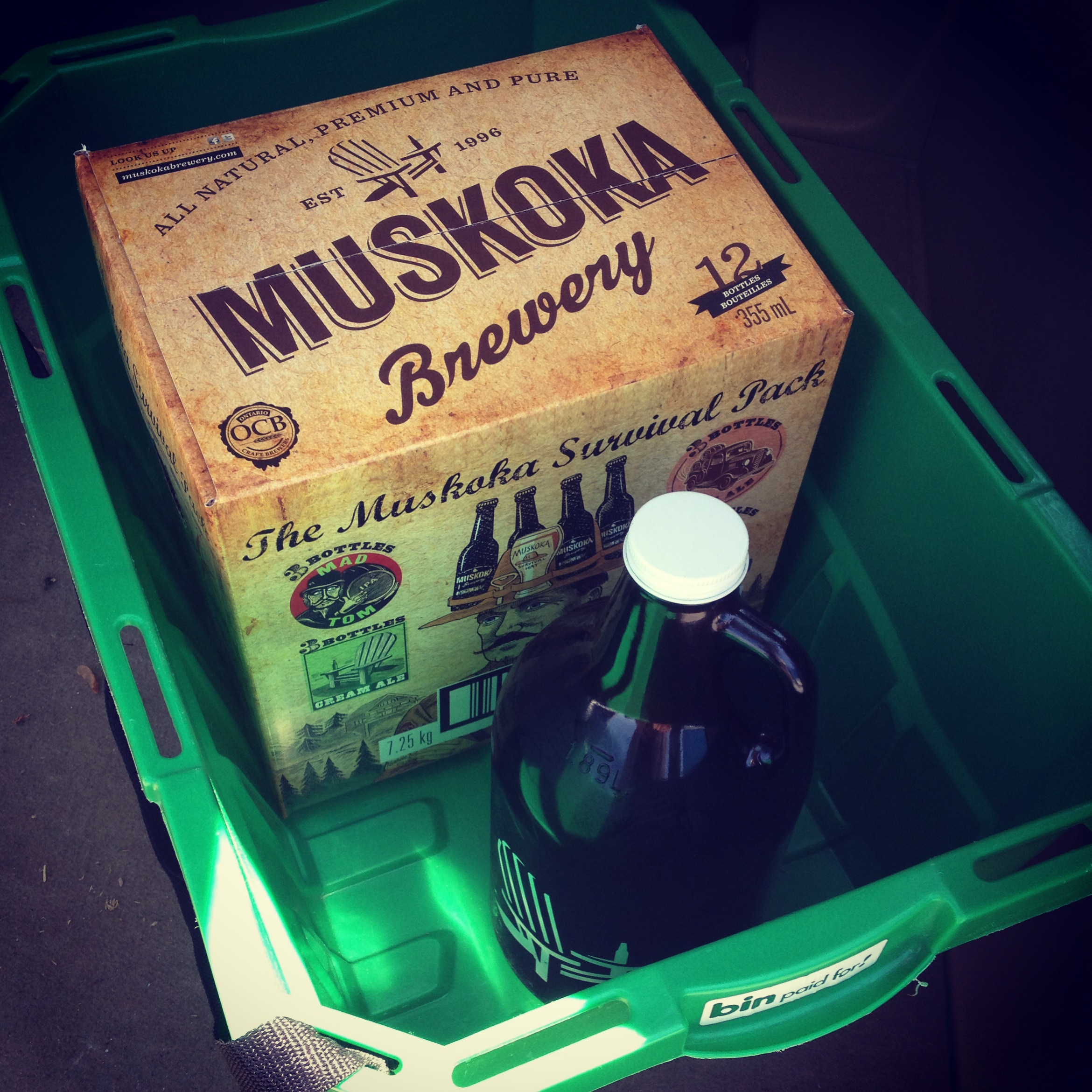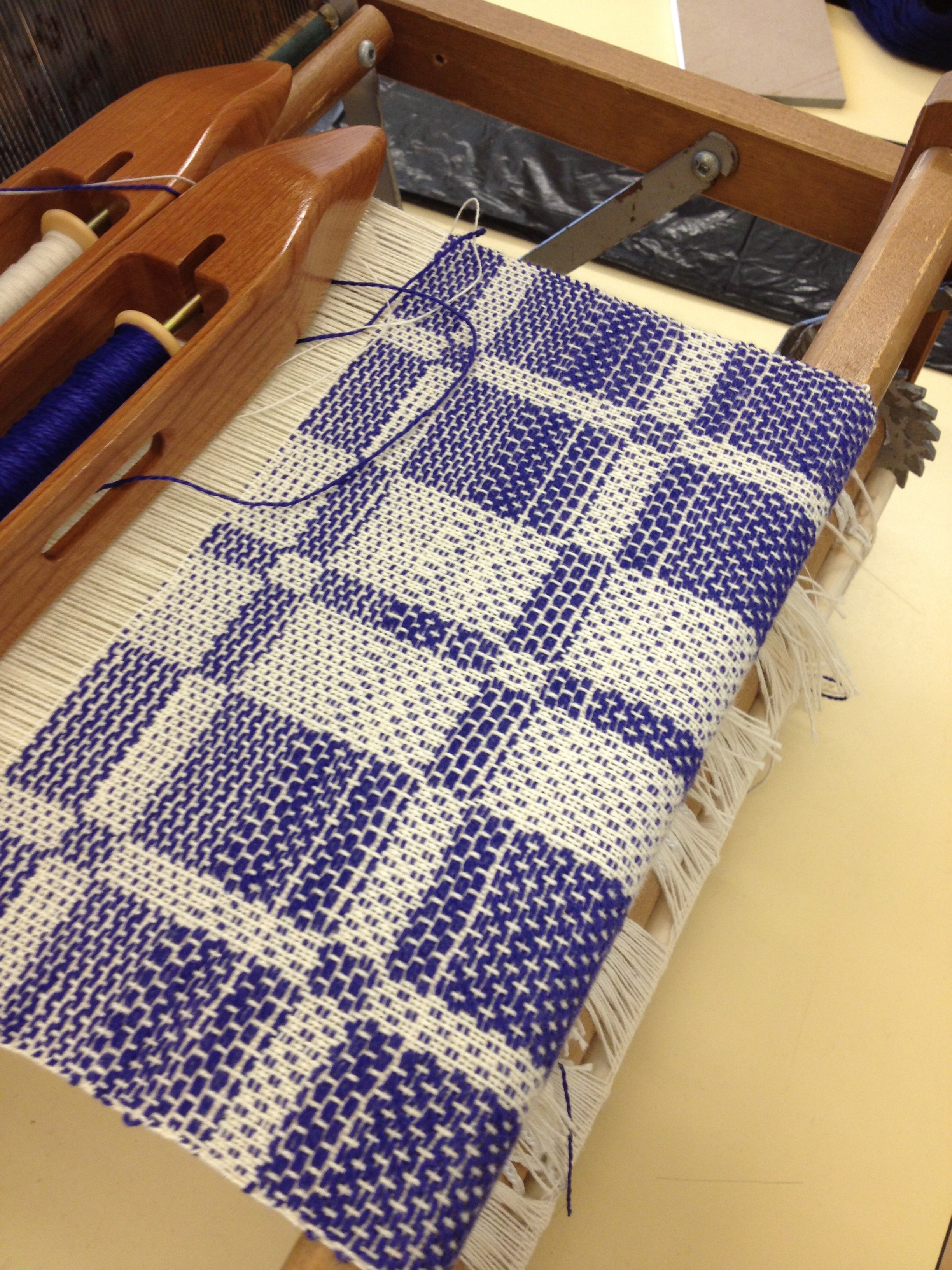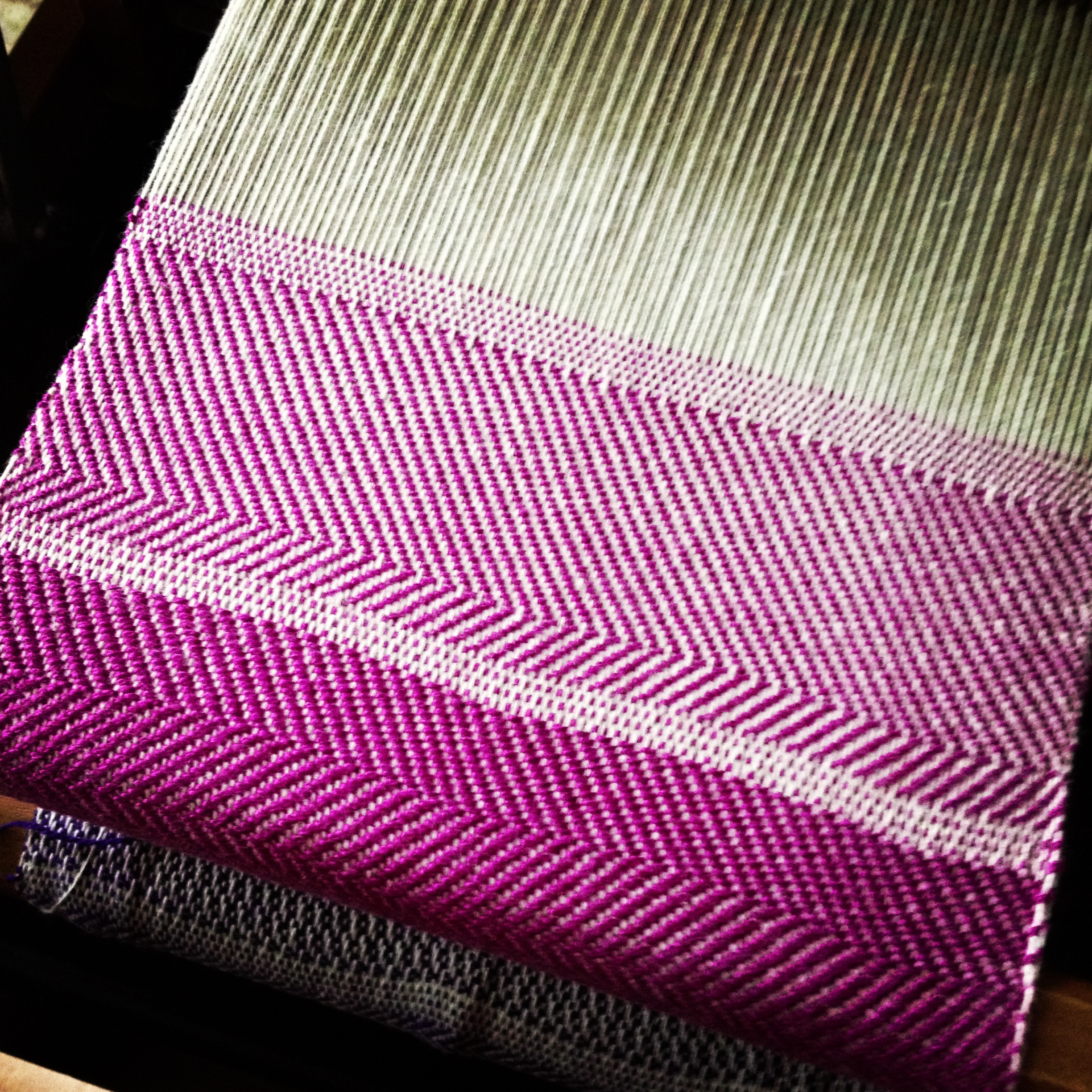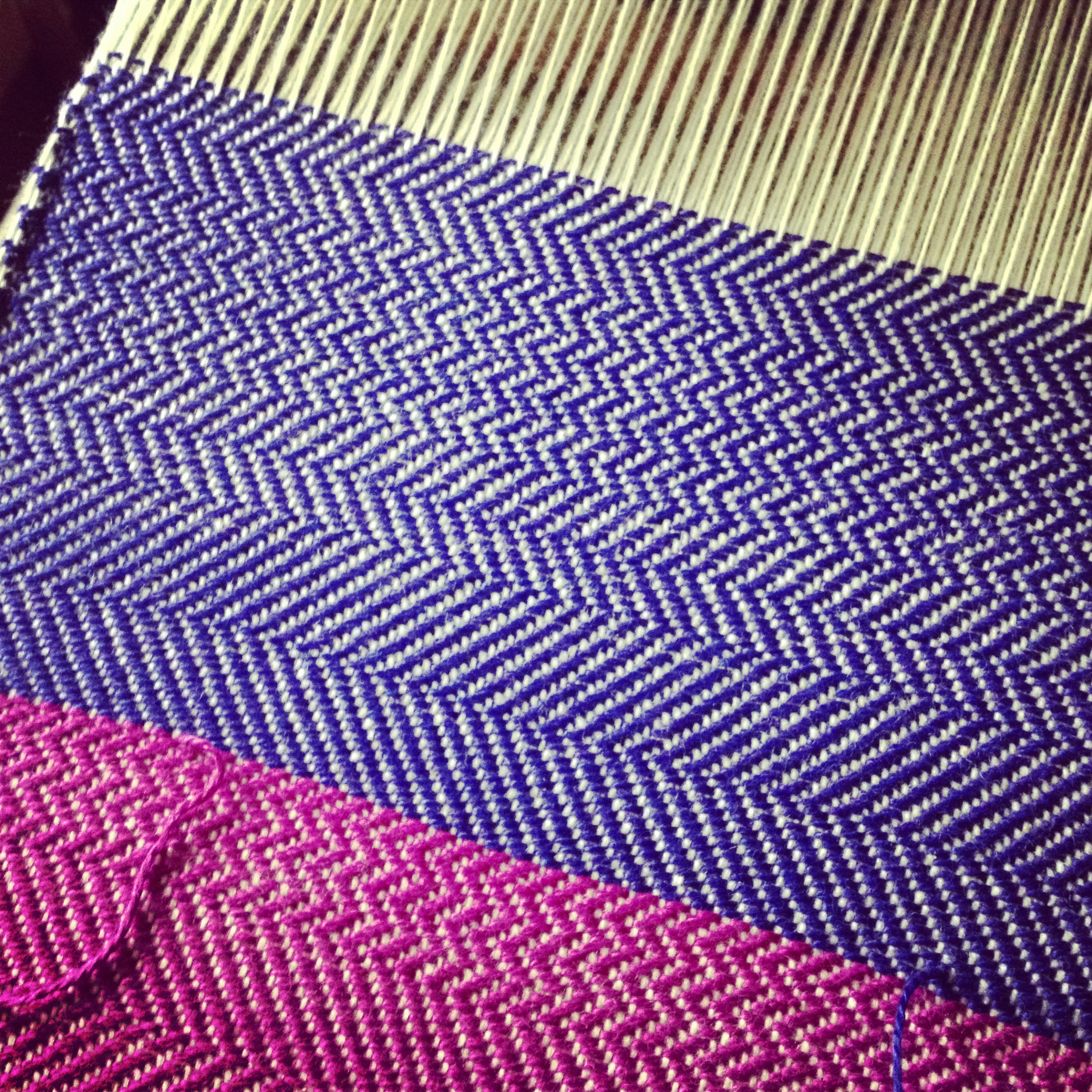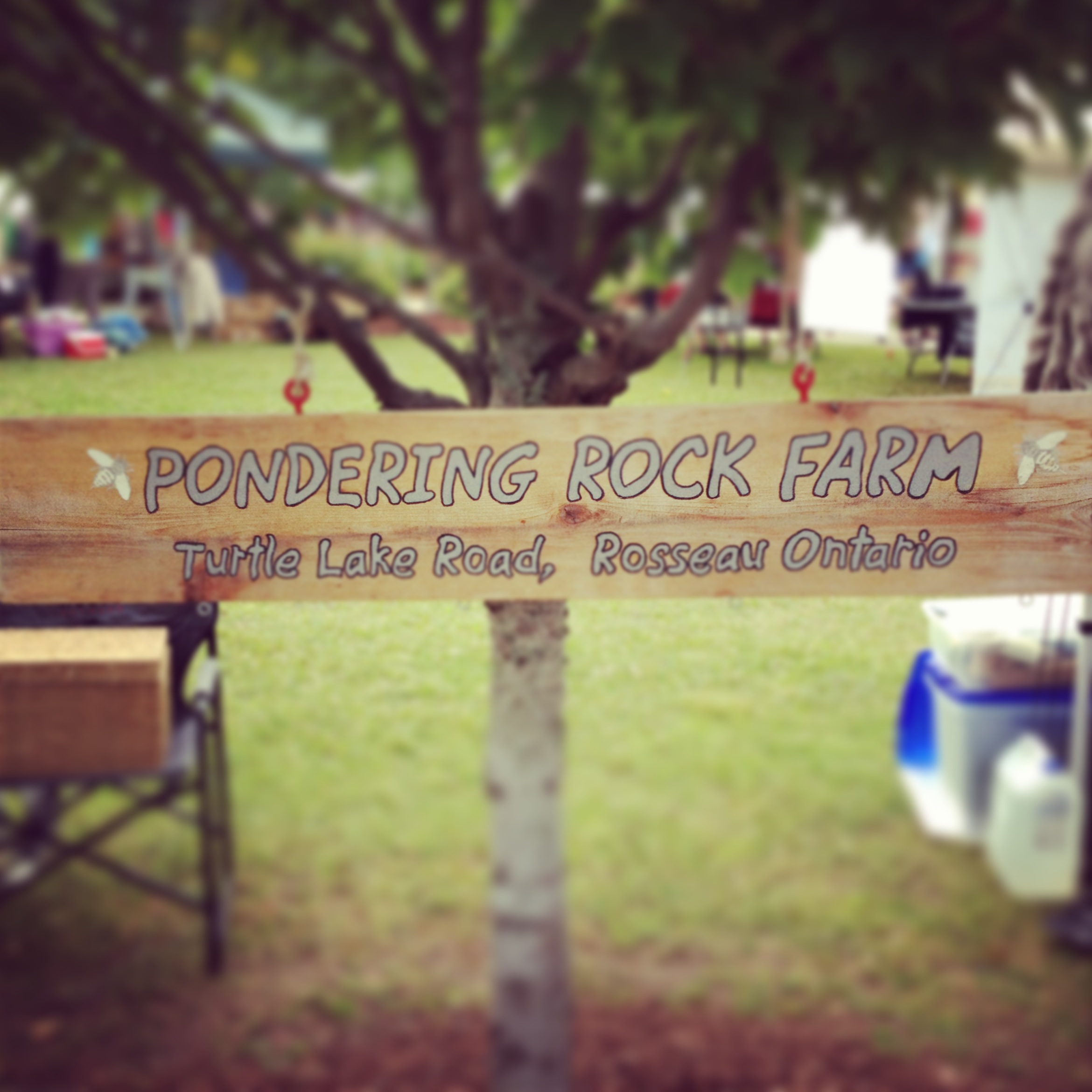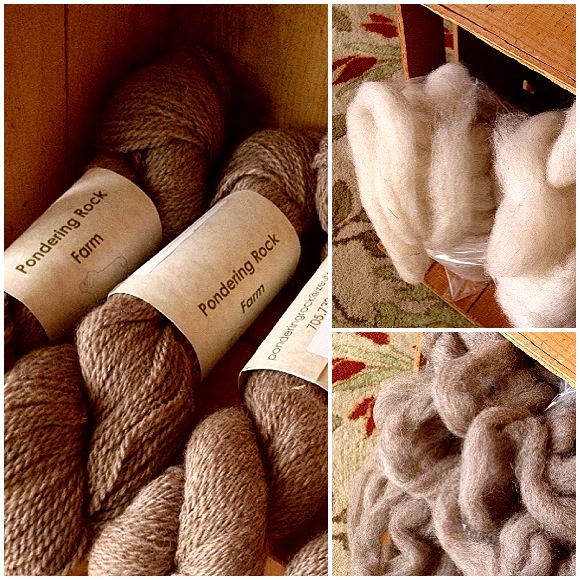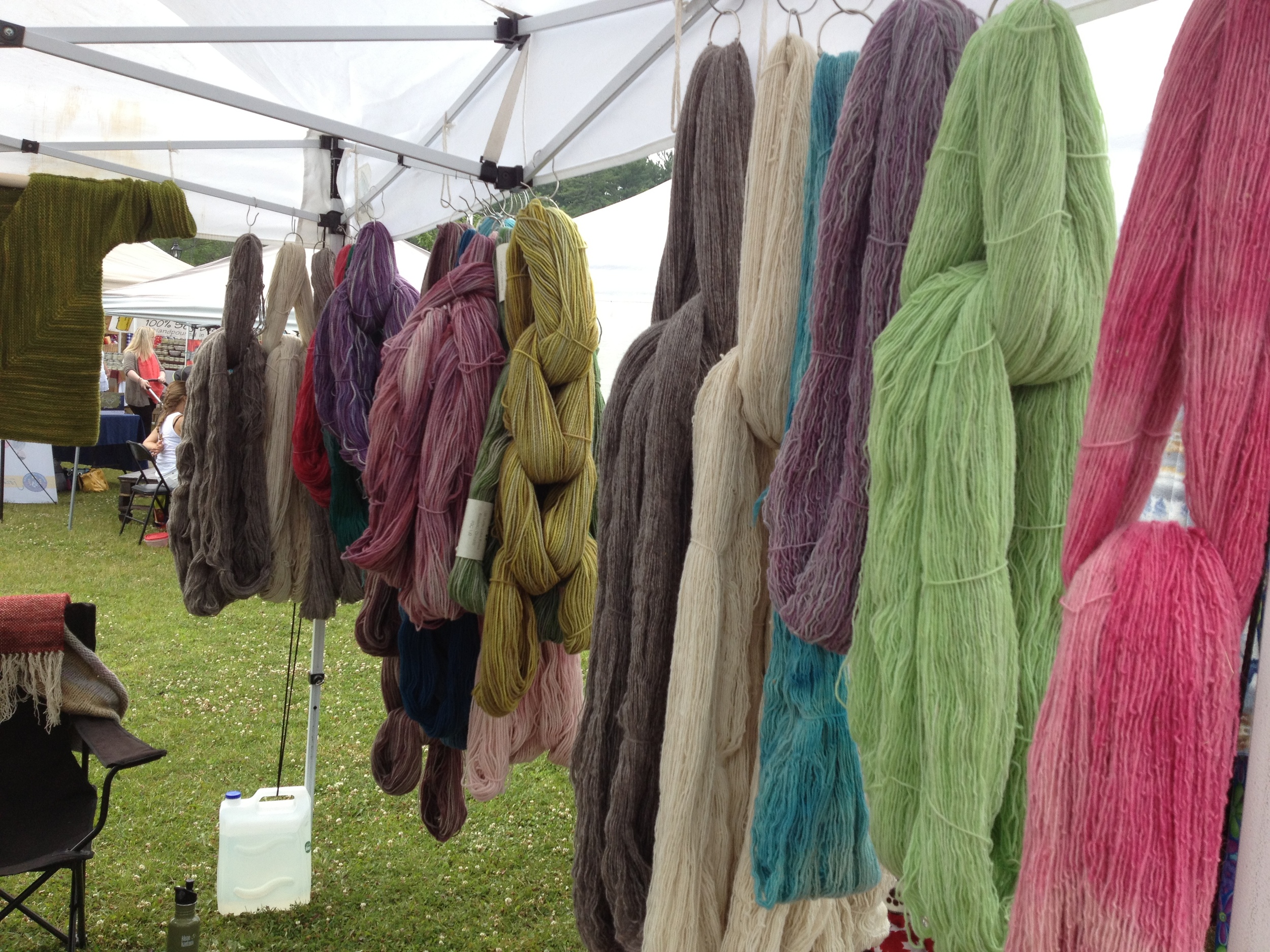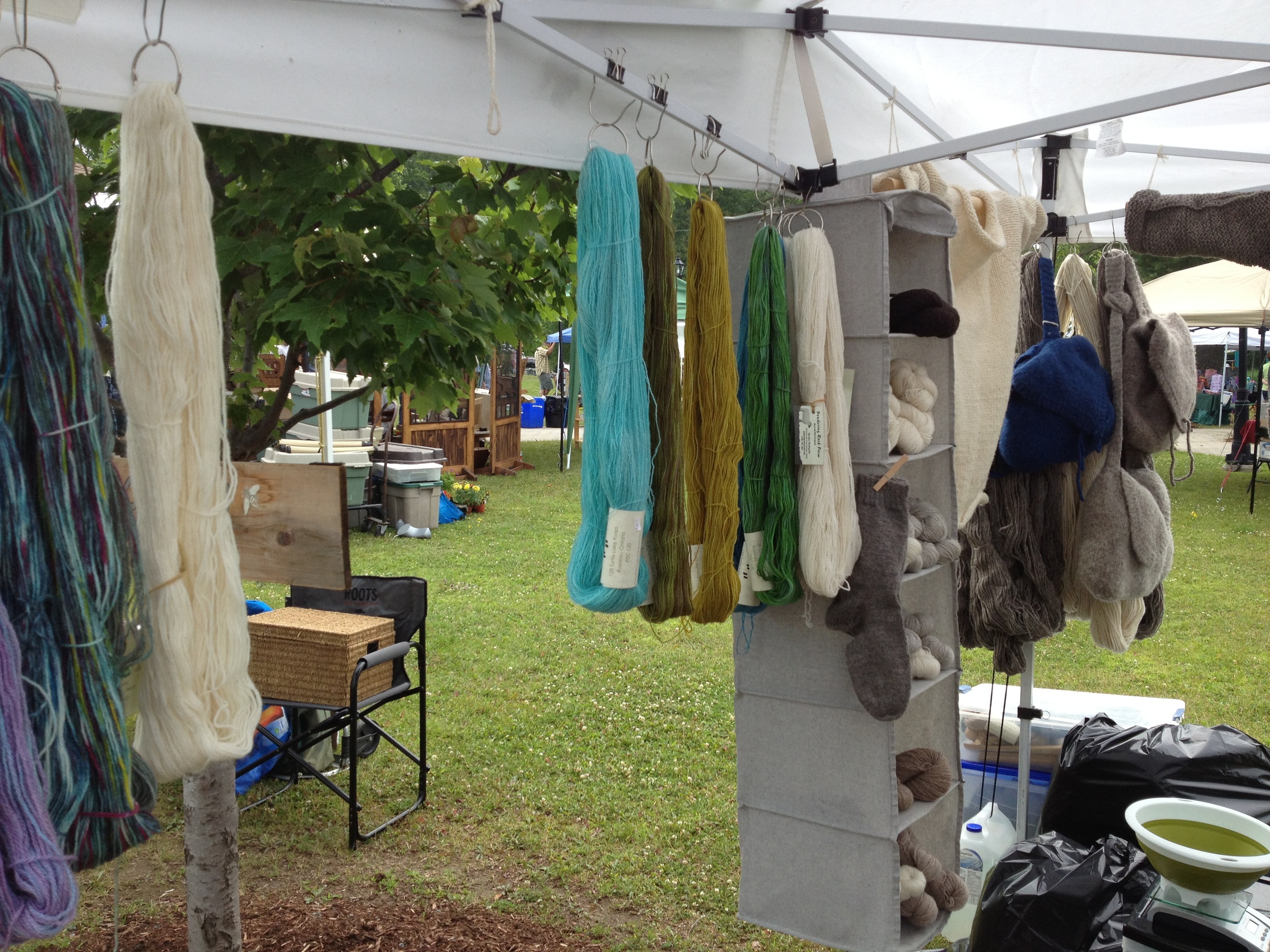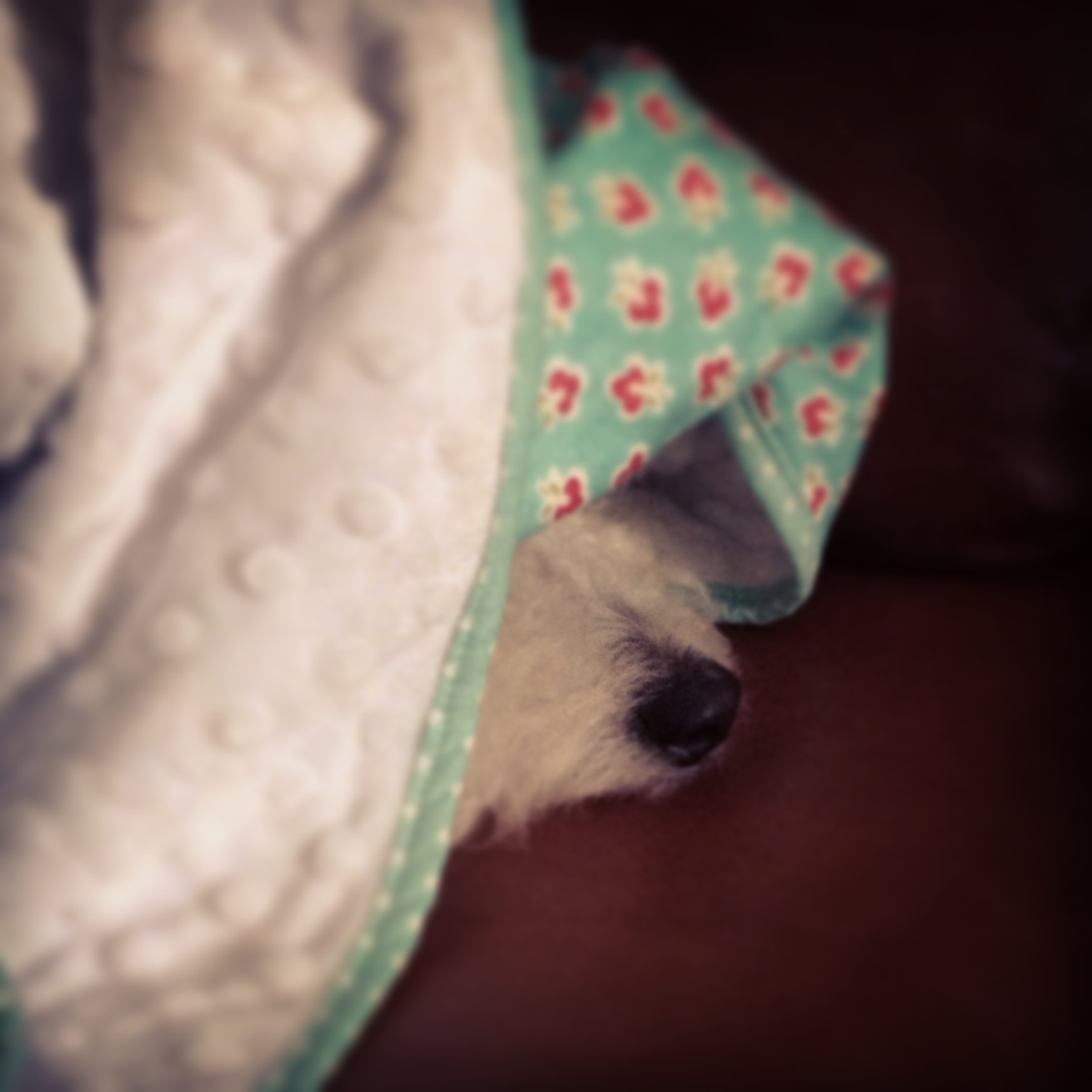 This is the question I have been asking myself for the past week. June has been an absolutely crazy month, first I moved my apartment, then two weeks later we moved the office. Both these moves happened during the hottest, humid-est days we've had in a very long time. It made for some very long days and some very early evenings.
This is the question I have been asking myself for the past week. June has been an absolutely crazy month, first I moved my apartment, then two weeks later we moved the office. Both these moves happened during the hottest, humid-est days we've had in a very long time. It made for some very long days and some very early evenings.
Also, I haven't finished anything (knitting or spinning-wise) in ages. I'm hitting the part of the year where my knitting drive is at its lowest and I'm in the middle of a bunch of really long projects.
However, I did finally increase to the 576 stitch round on Carla's wedding veil/pi shawl and so I figure I'm about 1/3 of the way done the project. It's enjoyable knitting (and the 100% silk yarn is really nice) but I really want things to be perfect so I really have to focus on it. Also each round takes about an hour to complete at this stage. While I have till end of September to finish it, I have to knit myself a shawl for the occasion and I really don't like leaving things to last minute.
But June (and early July?!?) have brought all sorts of fun, on top of all the trouble.
On June 20th I got a chance to take a weaving workshop with one of the best teachers around, Jette Vandermeiden. Jette is a well known member of the weaving community and an excellent instructor. The workshop was designed to teach Summer & Winter, a block weaving technique, but I used it as multi-harness weaving 101. I'm eternally thankful to my fellow guild members who lent me a guild loom, loaned me a warping mill, taught me how to wind a warp, then how to warp the loom.
Jette was great to learn from, she not only taught (or re-taught) us how to hold our shuttles, deal with our selveges, but also the theory behind block weaves so that we can not only weave what she brought for us, but other block weaves.
I was interested in the sampler but I wanted to get more of a handle on weaving in general and thanks to the Craftsy class "Floor Loom Weaving with Janet Dawson" I have a whole bunch of twill drafts so I decided to cut off my Summer & Winter sample and re-threaded for a twill and keep playing.
I tried out a few different patterns but found that I really enjoyed the look of a 3/1 Point Twill so I kept playing with that technique.
But it hasn't been all weaving. Yesterday, I made my way to the Rosseau Market, which is an amazing market with farmers and hand crafters and bakers and my favorite booth, Pondering Rock Farm.
Pondering Rock Farm is the family farm for the Darlingtons and produce yarn/fluff, handknit socks, honey and amazing nature photography. Heather is the one who manages the sheep and yarn and is a wonderful shepherd, spinner, knitter and fellow guild member. I stocked up on some yarn and fluff from her sheep.
The yarn is a worsted-y weight wool/alpaca (75%/25%) blend that comes from a sheep named Nipper, who is grey but blended with a tan/fawn alpaca. I also got 200g of that fleck-y creamy coat from Angel, one of Heather's sheep who died in the spring, there are little flecks of grey and dark brown in her cream coat. The last bundle of fluff (400g worth) is from Mocha, which is a great description for his coat. My plan is to spin it into a fingering weight yarn and use it for a Brooklyn Tweed pattern in place of Loft.
There were Unfortunately Heather's booth isn't quite as jampacked with fantastic wools as in past years, as she had much of her fleece at Belle Valle when they had the fire. She lost a huge portion of her 2011 shearing she was telling me that she will be pretty well wiped out by the end of the season. Although she is already talking about next year's blends, including a wool/alpaca blend lace (well light fingering/heavy lace) that will be a great substitute for Loft.
So that should have us pretty well caught up to the present, hopefully I will be getting a few more things done in the next month.
